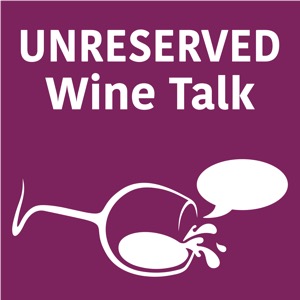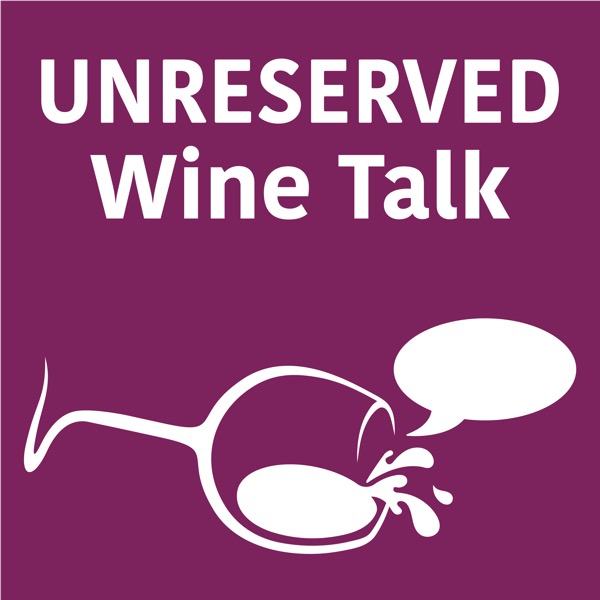329: Tuscan White Wines, Vin Santo and Spirited Sangiovese with Susan Keevil
Unreserved Wine Talk - A podcast by Natalie MacLean - Miercuri

Categories:
What makes Sangiovese a difficult wine to grow and make? Why should you pay attention to the white wines of Tuscany? What do you need to know about Tuscany’s Vin Santo? In this episode of the Unreserved Wine Talk podcast, I'm chatting with Susan Keevil You can find the wines we discussed at https://www.nataliemaclean.com/winepicks Giveaway Two of you are going to win a copy of her terrific book, On Tuscany: From Brunello to Bolgheri, Tales from the Heart of Italy. To qualify, all you have to do is email me at [email protected] and let me know that you’ve posted a review of the podcast. I’ll choose two people randomly from those who contact me. Good luck! Highlights What are some common mistakes people make when comparing Tuscan wines to those from other regions? What are Super Tuscans and how did they come to be? Why did these rebel wines capture the imagination of the world in the 70s and 80s? What’s the new Super Tuscan counter culture about? Why did Brunello di Montalcino achieve icon status? What makes Sangiovese difficult to grow and why doesn’t it tend to thrive in North America? What motivated Susan to include sections on Tuscan white wines and Vin Santo in the book? How is Vin Santo made and why is there so much variety? What makes Tuscan olive oil so special? How can you best pair Tuscan wines with food? Why would Susan love to be able to share a bottle of wine with Queen Elizabeth II? Key Takeaways Susan notes that Sangiovese is like Pinot Noir in that it likes certain terroir, particular soils, the winds of Tuscany, and it is quite a sensitive grape. You can't overproduce it. It responds differently to different sites and it's not good in every vintage. It has so many parallels with Pinot Noir. They don't taste the same, but they behave the same. Susan likes an underdog story like the white wines of Tuscany, because they're only like 10% of the wines produced, though she believes that the Trebbiano grape is like the evil twin. In the book, Emily O'Hare writes about grapes like Vernaccia, Vermentino and Ansonica that are producing some great wines so we should watch out for them. There's another lovely story about wines of the small island called Giglio. It was raided by the pirate Barbarossa, and he sent all the inhabitants away to be slaves in Constantinople. But he brought back people from a village in Greece, and they bought the grape called Ansonica with them and so those vines are still on the island today. Susan thinks white wines are going to be more important for Tuscany. If you're going to find a comparison, Susan says that Tokaji is a really good one, because it has that bracing acidity that the Italians love as well. But also, you can't generalize with it. It's a 3,000 year-old-wine, and every farm makes a different version. In the past, they used to collect these grapes because they couldn't handle all the olives and all the grapes all at once. So they would leave some of the grapes in the drying lofts, up in the roofs. They would dry, and concentrate, and the sugars would get sweeter. When everything settled in November or March or February, they would make a wine from these beautiful sweet grapes. And they all have their own natural yeast from the air. And they would seed that yeast into the wine, ferment, and then they would lock it up in its barrel and leave it for seven to eight years. It would shrink, it would ferment. It would stop fermenting. And then at the end of that time, they would open the barrel very carefully, and it was something magnificent, but very, very different. Each producer would have their own. About Susan Keevil Susan Keevil is the Editorial Director of Académie du Vin Library, where she has played a pivotal role in establishing and nurturing this esteemed wine publishing house. A former editor of Decanter magazine, she has dedicated her career to the world of wine, from editorial leadership to in-depth exploration of the industry. To learn more, visit https://www.nataliemaclean.com/329.
